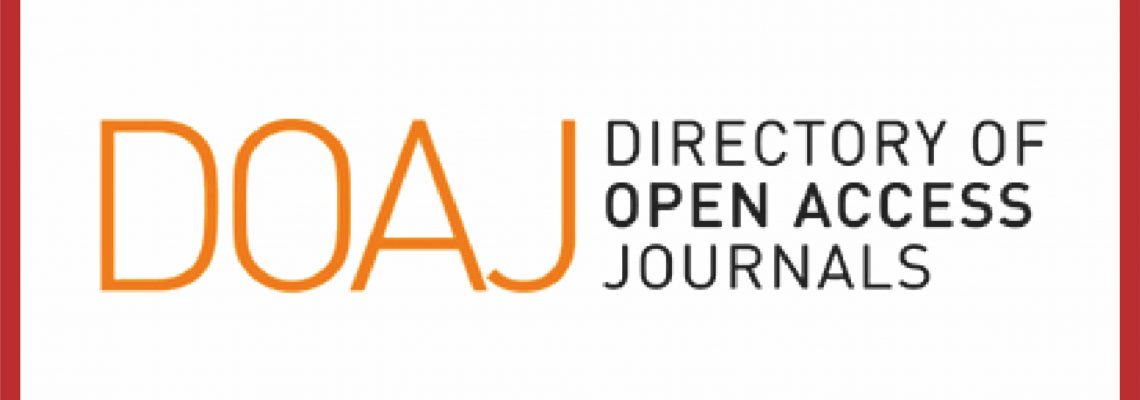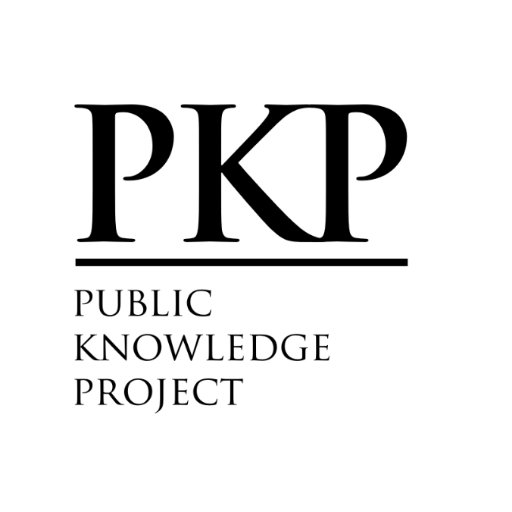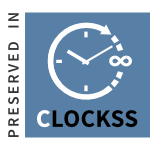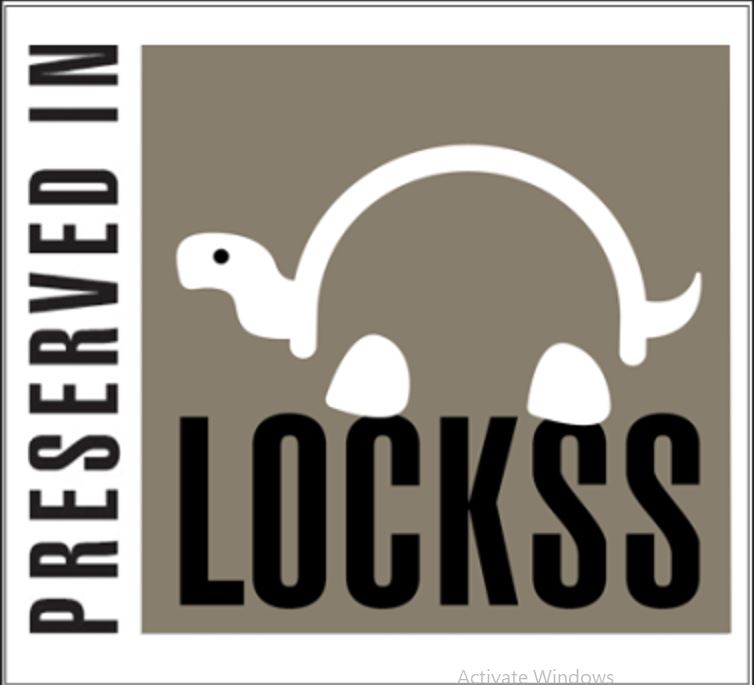Diagnostic Accuracy of Ultrasonography in Detecting Spinal Dysraphism in Infants, Taking MRI as the Gold Standard
Accuracy of Ultrasonography in Infant Spinal Dysraphism
DOI:
https://doi.org/10.55279/jafmdc.v7i1.429Keywords:
Diagnostic, Sensitivity, Spinal Dysraphism, ultrasonographyAbstract
Objective: To determine the diagnostic accuracy of ultrasonography in detecting spinal dysraphism in infants, taking MRI as the gold standard.
Methodology: This cross-sectional study was conducted over a period of six months, from 30th May 2023 to 29th November 2023, in the Department of Radiology, Allied Hospital, Faisalabad. A total of 142 infants with suspected spinal dysraphism were included in the study. Newborns with clinically suspected birth-related spinal cord injuries and absolute contraindications to MRI were excluded from the study. Ultrasonography was performed using real-time USG scanners equipped with high-frequency linear array transducers ranging from 9 to 12 megahertz (MHz) for optimal imaging in infants. The USG findings were then compared with MRI results to assess diagnostic accuracy of ultrasonography.
Results: We observed that the overall sensitivity was 91.43%, specificity 94.44%, positive predictive value (PPV) 94.12%, negative predictive value (NPV) 91.89%, and diagnostic accuracy of ultrasonography in detecting spinal dysraphism in infants was 92.96.
Conclusion: Ultrasonography provides a highly sensitive and accurate diagnostic assessment while detecting spinal dysraphism. Being a cost-effective, simple and widely accessible alternative to MRI, it is highly useful modality in low-resource setups.
Downloads
Published
How to Cite
Issue
Section
License
Copyright (c) 2025 Nosheen Ahmad ahmad Naeem; Dr Amna Rehan, Dr Abdul Rauf, Dr Mahreen Rasool, Dr Hassan Bukhari, Dr Fiza Kamran

This work is licensed under a Creative Commons Attribution-NonCommercial 4.0 International License.
You are free to:
- Share — copy and redistribute the material in any medium or format
- Adapt — remix, transform, and build upon the material
- The licensor cannot revoke these freedoms as long as you follow the license terms.
Under the following terms:
-
Attribution — You must give appropriate credit, provide a link to the license, and indicate if changes were made. You may do so in any reasonable manner, but not in any way that suggests the licensor endorses you or your use.
-
Non Commercial — You may not use the material for commercial purposes.
-
No additional restrictions — You may not apply legal terms or technological measures that legally restrict others from doing anything the license permits.













